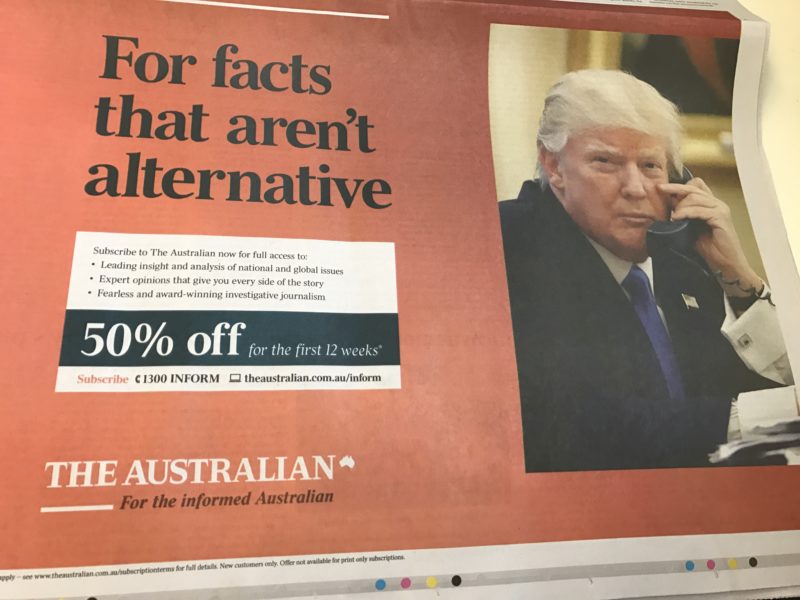The Australian tightens its Google access to drive digital subscriptions
Those trying to skirt The Australian’s paywall could find they’ll need to buy a subscription with changes to how its site works with Google Search.
Until recently, determined users could get past the paywall by searching for the page on Google and clicking through, a by-product of Google’s ‘First Click Free’ program. However from last week, readers looking for a freebie found this would redirect them to the subscription page.



So are they tightening up their Google News “one click free” program or not? Not entirely sure after reading the article.